Since the beginning of selling, retailers have tried various psychological pricing strategies and tactics to influence shopper behavior. Some of them were thought to have a significant impact on consumer behavior, and some of them still are.
Meanwhile, scholars have been analyzing the efficiency of these tactics. With the advancements in the field of consumer behavioral psychology, we see that some of these widely used psychological pricing tactics are, in reality, not very useful.
In this post, we’ll learn what these tactics are, and we’ll analyze one by one whether they actually work or not.
ICON_PLACEHOLDEREstimated reading time: 8 minutes
Table of contents
Psychological pricing tactics
Anchor pricing
Anchoring is a cognitive bias. People tend to make judgments relying on the initial piece of information they encounter.
Marketers make use of this tendency to impact how consumers perceive the actual price by exposing them to a higher initial price.
There are two commonly used versions of this tactic.
This seller offers two options:
One is much more expensive than the other, but there is little difference between them in terms of product features/quality.
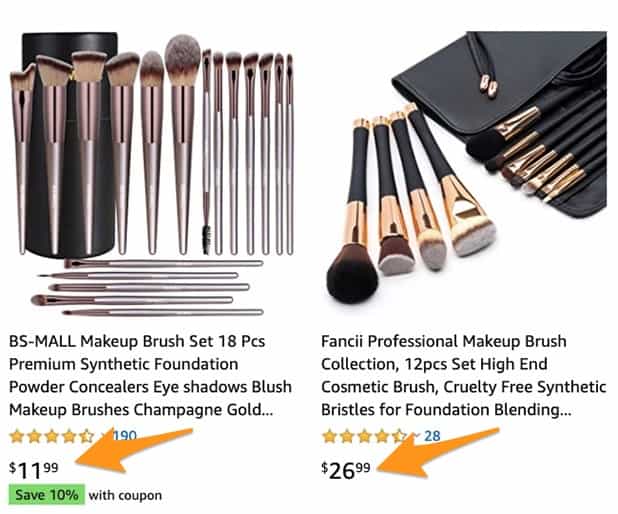
Meanwhile, another seller might offer two options, of which one is much better than the other but more expensive. Shoppers are highly likely to choose the more expensive option when faced with such a deal.
But there is a risk to this strategy.
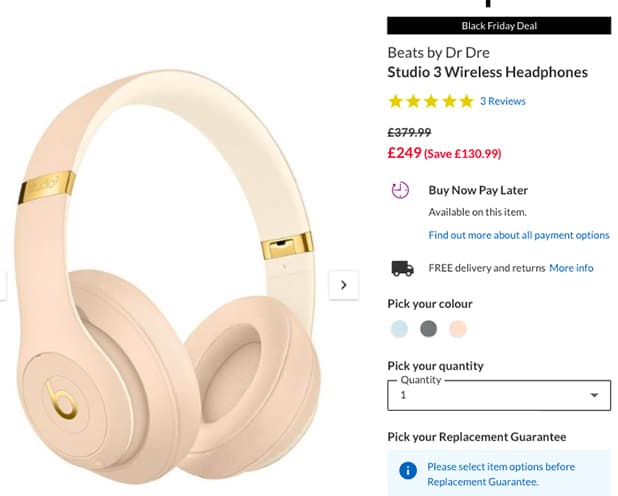
This store puts up artificially high anchor prices.
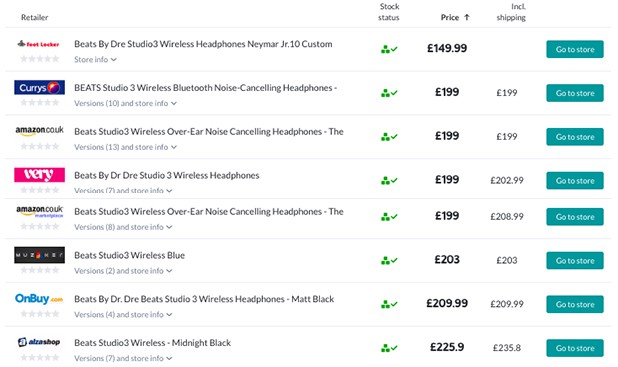
However, they don’t consider one thing. 54% of online shoppers state the ability to compare prices is among the reasons why they shop online, according to a KPMG Global Online Consumer Report.
Moreover, 79% of respondents in an Ask Your Target Market survey say they actively try to find the best price. This means relying too much on made-up anchor prices can alienate consumers who can see how others price the same product.
Decoy effect
The decoy effect, or asymmetric-dominance effect, refers to the tactic where marketers offer a third ‘decoy’ option that is inferior to the main product to increase the sales of the latter.

Although commonly used, the effectiveness of this strategy is still being discussed.
Scholars argue that meaningful qualitative descriptions of the products significantly reduce the effects of this strategy. They also suggest that academic marketing research overlooks real-life marketing contexts where retailers usually provide detailed descriptions and pictures of the products.
Odd pricing
Remember the bazillion times when you saw a price tag like this one?
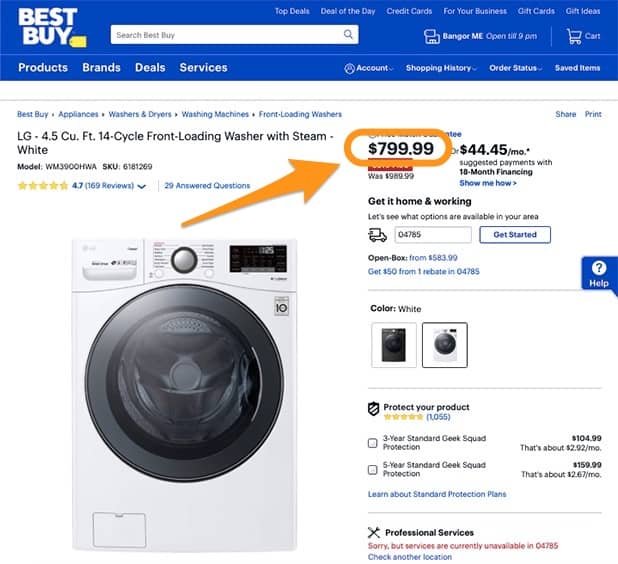
So many marketers pursue this tactic where they try to increase demand by cutting an even price into an odd, slightly cheaper one.
Recent research suggests that it works. However, scholars also note that consumers vary in their sensitivity toward price reductions. Therefore, the importance of odd pricing may be overestimated in pricing decisions in the market.
Rounded prices
Although fewer than the odd pricing lovers, some marketers believe that rounded prices generate more demand. Scholars argue that the effect of rounded prices is positive in incidents where the purchase decision is largely driven by consumer’s feelings. In the opposite case, marketers are likely to benefit from non-rounded prices.
Comparative pricing
It refers to the pricing tactic where two similar products are displayed together, but one is offered for a much better price than the other.
Research suggests that marketers can increase product demand by comparing it with a more expensive option. For example, without changing a product’s price, comparing it with its premium version can increase demand.
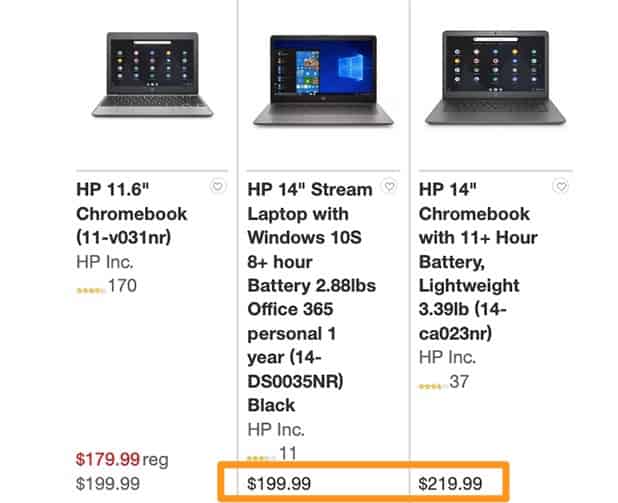
In addition to that, firms should vary how they promote products according to their comparative expensiveness. If you’re promoting more affordable products, you should focus on their low-level features.
Whereas, when promoting a more expensive one, you should focus on abstract and high-level features.
Today’s price-sensitive online shoppers value the best price offer more than anything else. As a shameless plug, we offer a competitor price monitoring and dynamic pricing SaaS so that you can consistently offer the best prices without making any effort.
Buy one, get one free (BOGOF)
As the name implies, bogof is a promotion scheme that offers customers one unit for free if they buy one at the full price. You might ask, what’s the difference between a bogof deal and a bundle of two products at a 50% discounted price?
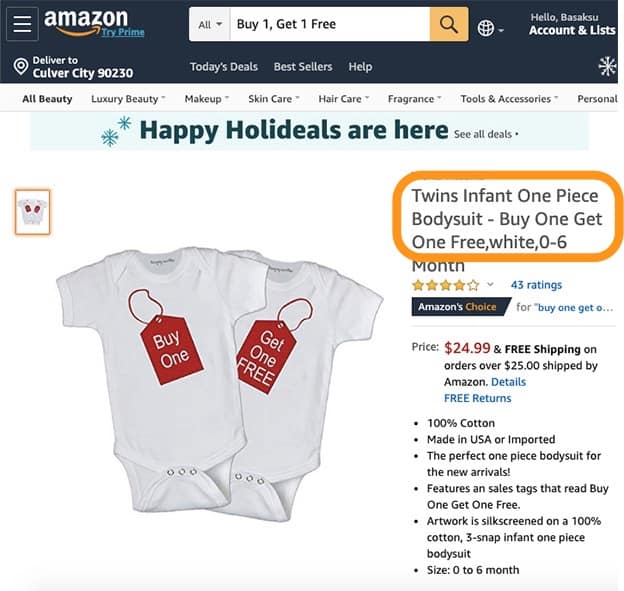
Even if the actual price remains the same, there is a difference between how consumers perceive the two deals.
A recent study suggests that promotions that emphasize free giveaways are likely to attract more shoppers than standard discounts, especially if the discount size is small.
Although implemented on a smaller scale, there are other sales tactics marketers pursue to increase demand. Instead of taking them as read, you can try out these tactics and observe if they work for your business.
Lesser-known strategies
Present price information in smaller fonts
Presenting lower sale prices in smaller fonts results in a higher likelihood of purchase. However, it might also push away elder shoppers. Some of them might not be dying to see the prices in smaller fonts.
Get rid of the dollar sign
In a 2009 study, researchers found that getting rid of the dollar sign increased restaurant checks. But it could also make room for confusion. The best thing you can do is to try it out and see the change it makes.
Use distinctive colors in price information
Research suggests that using distinctive color, movement, position or contrast of price information positively affects purchasing behavior. But if your website design is simple and minimal, you might want to avoid extravagant design elements.
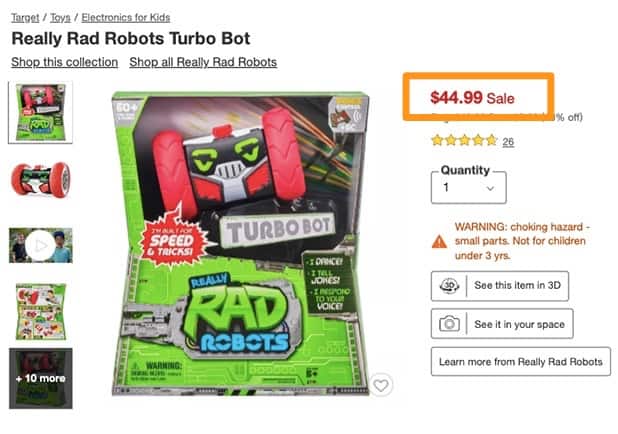
Sort prices in descending order
Consumers tend to spend more on higher-priced products when the prices are listed in descending order. However, you should note that the one thing consumers value more than others is freedom of choice. Even if you rank the products in descending order, provide other ranking options as well.
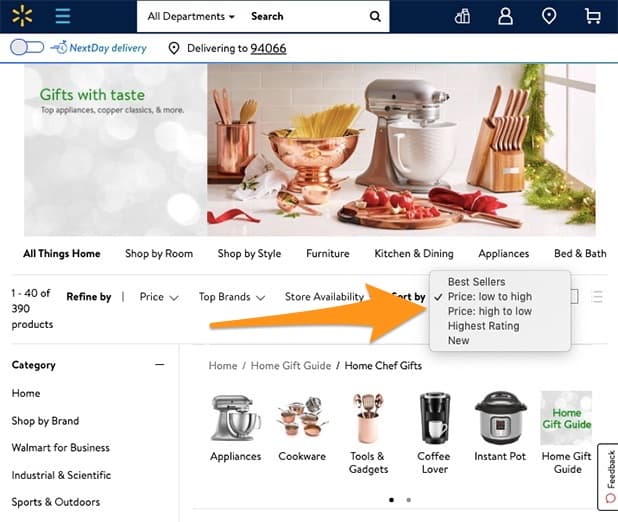
Try partitioned pricing
Sometimes, marketers separately price the products in a bundle rather than offering a single price, believing that partitioned prices are evaluated more favorably by shoppers. Either way, make sure that the total price of the bundle is lower than the sum of two different price tags.
Apply multiple discounts
You should also consider the fact that the total amount of the discount is much more important than how you present it, especially for the shop-savvy consumers.
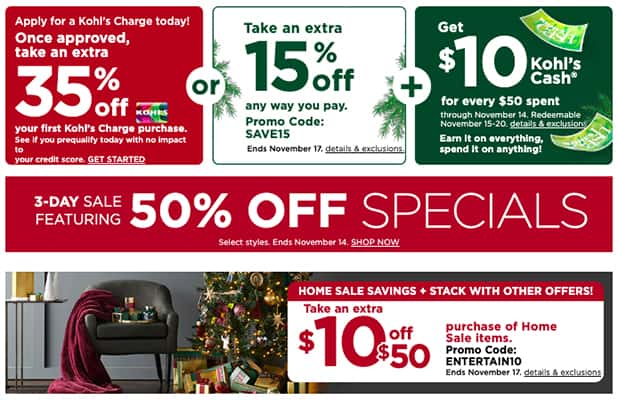
Final Words
Since people started barter and exchange, sellers have been developing psychological pricing tactics to persuade their audience to buy. Some of these tactics used to have, and some still impact, consumer psychology.
However, scientific research reveals that there are common misconceptions about the efficiency of these tactics. That’s why we analyzed whether these tactics are actually useful or not. Hopefully, our analysis will help you make better decisions.
